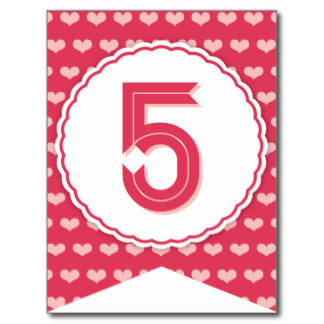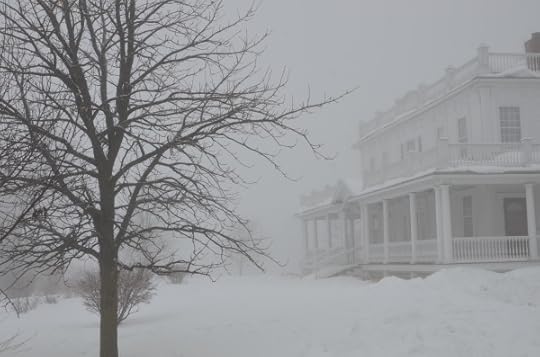Josh Kilmer-Purcell's Blog, page 42
February 10, 2015
A Trip Around
Do you live a long, long way away from Sharon Springs, NY? If so, we thought we’d give you a little tour around the flagship Beekman 1802 Mercantile courtesy of Pittsburgh-based photographer, Adam Millrinon




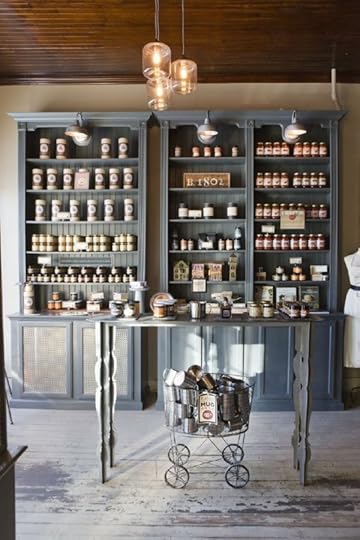

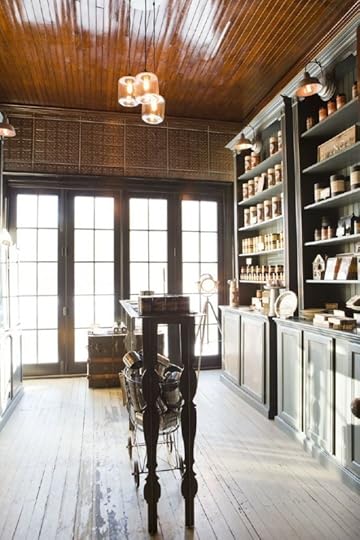


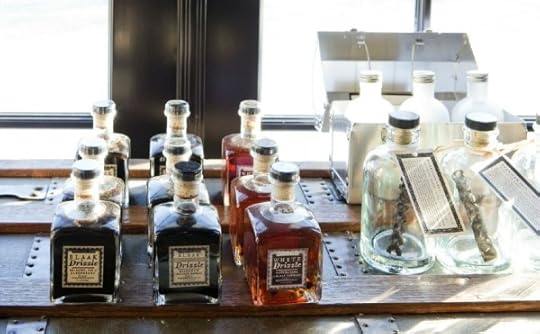
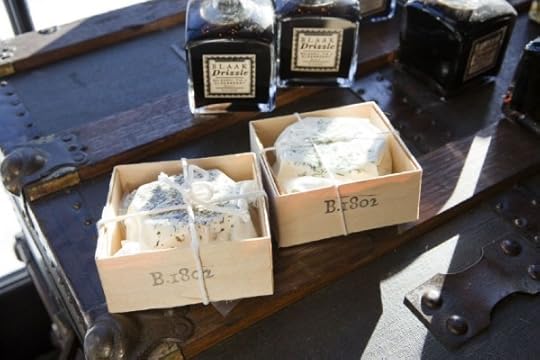



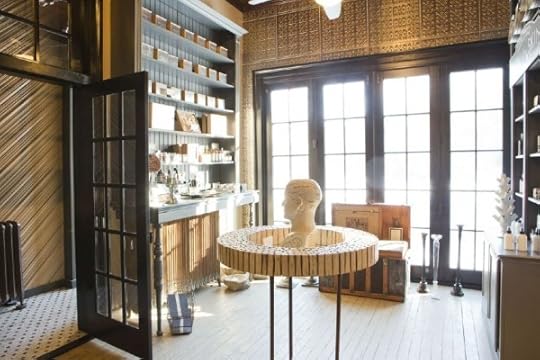


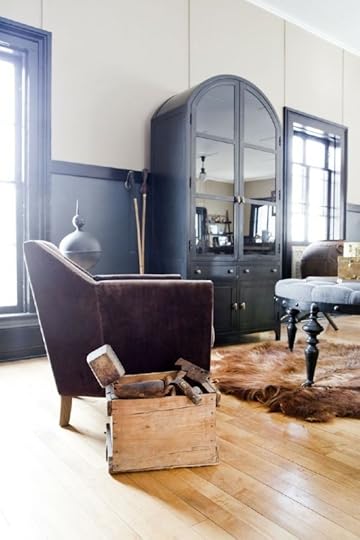






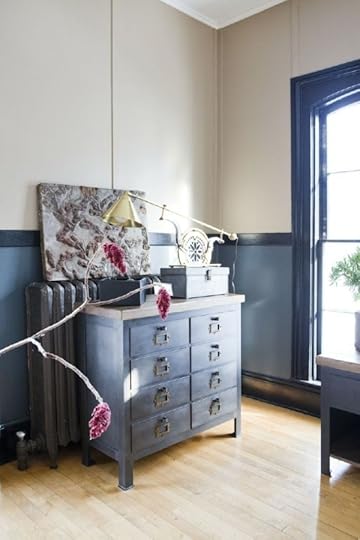











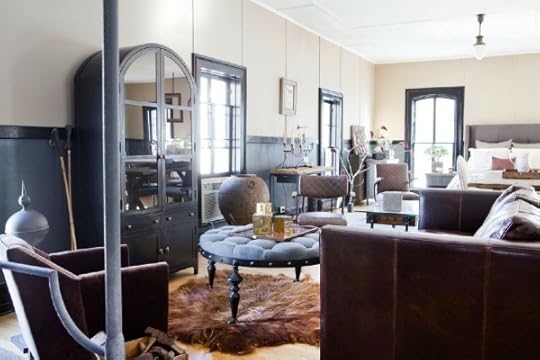








<
>
To shop at the Mercantile online, click here
Five Beautiful Things
Sweet Hearts
Even a quick glance through the pages of Martha Stewart Weddings will reveal the beauty of Wendy Kromer’s confectionery artwork. Those spectacular wedding cakes with tier after tier of elaborately-decorated cake layers were more than likely created by Wendy. She began working with Martha Stewart Living as a contributing editor in 1995 after winning the blue-ribbon prize at the Culinary Art Show in Manhattan. Martha was quick to sign her on as a regular contributor to her new weddings magazine and to employ her skills in other areas of her company: her catalogs, her television shows and her other magazines. In 2007 she co-wrote her first book with Martha: Martha Stewart’s Wedding Cakes.
Wendy studied her craft at the Peter Kump School of Culinary Art in New York City after a ten-year run as a fashion model in Paris. Over the last ten years, Wendy has become the standard-bearer for all culinary artists. Her work is unparallelled. In 2005, Wendy and her husband Scott Schell moved to Sandusky, Ohio, and opened Wendy Kromer Confections, a unique bakery & design studio located in historic downtown Sandusky. Wendy Kromer Confections reaches clients worldwide through Wendy’s continued work with Martha Stewart Living. While I am not a baker, I have always loved and admired Wendy’s work enormously. Below are five images of Wendy’s heart-shaped cookies for Valentine’s Day, made with astute attention to detail and so much love for her craft.
February 8, 2015
The Ice Age

Image from 1958 of a man moving a block of ice with ice tongs at Millers Mills in West Winfield, NY located in Herkimer County. Three other blocks of ice are in view. On the bottom of the negative is written “Tranquille.” The Ice Harvesting Festival takes place annually in Millers Mills even today.
See us participate in the ice harvest
Last year, we were named to the Board of Trustees of the Farmers’ Museum in Cooperstown, NY. The mission of the museum is to cultivate an understanding of the rural heritage that has shaped our land, communities and American culture.
One of our favorite collections of the museum is the vast photo archive.
Plowline: Images of Rural New York is a collecting initiative. The Farmers’ Museum, with the generous support of the Gipson Family, is actively assembling original photography that documents changes in agricultural practice, rural life and farming families in New York State from the 19th century through the present.
Each week on Beekman 1802 we’ll highlight a photo from the collection that not only depicts where WE come from but where we ALL come from.
To learn more about the museum or plan a visit on your next trip to Sharon Springs, click here
February 5, 2015
Bionic Bubby, Chief Mouser, Trusty Friend.
Many of you are familiar with our barn cat, Bubby. Some of you met him during tours of the farm. Some saw him on the television show. And a lot of you read about him in The Bucolic Plague. We’re not exactly sure how Bubby came to the Beekman, or how he got his name, or even how old he was…he was part of the farm years before we arrived. But luckily for us, when we purchased the farm, he decided to stay on and teach us the ropes.
We’re very sorry to let you know that Bubby passed away recently. He’d been growing thinner over the past year, and had stopped eating, but was mousing right up to the end. He caught his final mouse only two weeks before his death. He died with us and Farmer John at his side, and we will bury him come spring by the garden wall, which was his favorite place to perch and scan the horizon for his next victim.
As lucky as we were to have Bubby in our lives, Bubby was also fortunate to have found Beekman 1802 Farm. Many rural cats don’t lead lives as equally charmed as Bubby did. If you have feel moved by Bubby’s story, please consider donating to the Animal Shelter of Schoharie Valley, a no kill shelter that takes in many many barn cats who need better care.
Below are some pictures of him, and the excerpt that introduces him in The Bucolic Plague. RIP Bubby. Thanks for making us part of your Beekman:

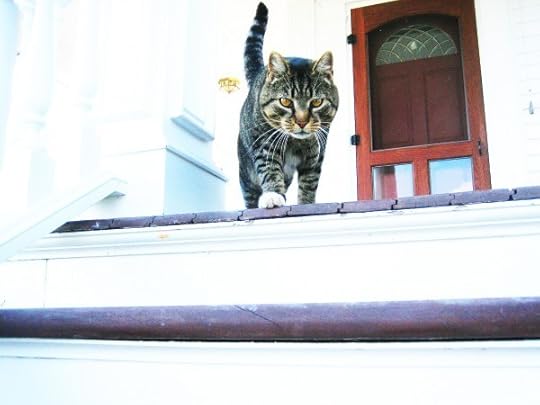
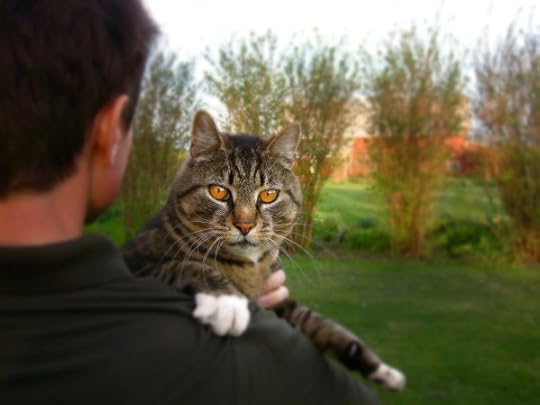

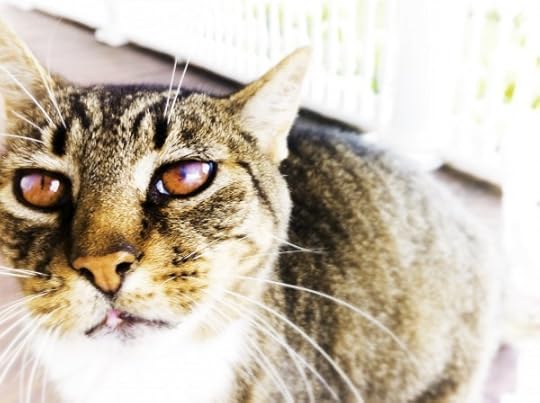


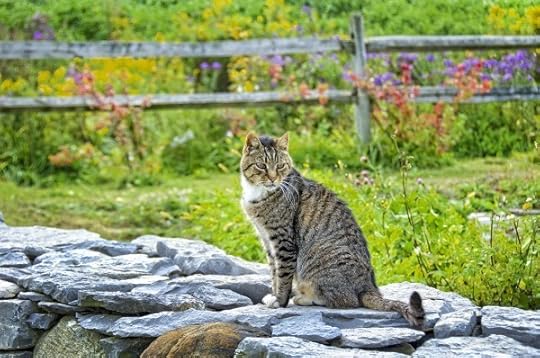
<
>
From the Bucolic Plague:
“My next three days were consumed with the alchemy of turning my 600 square foot neglected pasture into an oasis of silken chocolate earth. I arose at the first HERE COMES THE BRIDE and brought my morning cup of coffee out to the “garden” where the tiller waited for me, coated in dew. I’d come to learn its most intimate secrets – from the barely audible squeaking when one of the tines needed readjustment to the complaining flatulence when the gas tank ran low.
Brent came to check on me occasionally, but he’d been with me long enough to know that when I become obsessed with a task, it’s best to stay out of my way. Especially if I’m wielding a piece of heavy machinery outfitted with rotating claws.
My only real company was Bubby the Barn Cat. Bubby sat on the fencepost by the garden-in-progress and watched me toil through most of the day. Occasionally he jumped down to glide between my feet as I tilled my rows, defying the spinning tines of death in an effort to get me to pick him up and carry him on my shoulder.
Bubby was another of the animals we’d inherited with the farm. Most of the barn cats I’d known in my youth subscribed to the “good mousers should be neither seen nor heard” philosophy. Perhaps having escaped the weighted-burlap-bag-tossed-in-cow-pond fate of most barn kittens, they felt it best not to tempt further human contact.
But Bubby was different. When hewas introduced to us by the previous caretaker’s wife, she’d explained that from the day he mysteriously showed up at the Beekman he’d always been the #1 mouser at the farm. His large size attested to his skills. Back then he wasn’t any friendlier than most barn cats, she told us, but he was the best at his job. He didn’t tolerate anything smaller than a foot long within a 100-yard vicinity of the barn. He was known to sit high in the hayloft door, watching for approaching intruders in the surrounding fields. Within a split second, he’d run down the hay conveyor belt, leap onto the split rail fence, and race down the pasture, reaching his victim before it even knew it was in a war zone. We were pretty sure it was Bubby’s remarkably bright, goldenrod yellow eyes that gave him his super-feline x-ray vision.
Then one evening a few years ago Bubby was struck by a car on the road in front of the house. He survived till morning. The caretaker and his wife spotted him at sunrise dragging himself towards the barn on his front paws. Even with his back legs mangled, Bubby was not going to miss a day of work. They called the Seltzar’s, the Beekman’s previous owners, who instructed them to bring their chief mouser to the vet, and to spare no expense in his treatment and recovery.
Which is how Bubby wound up being perhaps the only barn cat in the world with his hip held together with an intricate patchwork of titanium rods. His nickname was “Bionic Bubby.”
And, as if he knew how fortunate he was, he also returned home from the animal hospital as the world’s most grateful and loving barn cat.
By the time the sun had reached its highest point in the sky on Memorial Day I’d spent three full days working the rough patch of dirt. It probably wasn’t ready for a Martha Stewart Living photo spread yet, but at least I had workable dirt, that could sustain life
“What do you think, Bubs?”
Bubby, perched on my shoulder, carefully surveyed the new garden with me, making sure that I hadn’t unearthed anything mammalian. Along the side of the garden, I’d made one pile for the rocks I raked through, and another pile of all the bones. The bone pile was easily three times as large. I picked up a shovel and scooped them into the wheelbarrow, filling it almost to the point of overflowing. I wheeled it through a broken section of the split rail fence and halfway up the eastern pasture. When I reached a spot 50 yards or so from the garden, I tilted the wheelbarrow sideways, letting the various bones slide out into the deep weeds.
I didn’t know if there was an appropriate catch-all, re-burial service for two hundred years worth of mixed remains of Native Americans, slaves, childhood victims of Scarlet Fever/Consumption/Measles/etc, cows, chickens and horses. But as I took my hands and spread the bone pile more evenly across the springtime pasture I hoped that the past spirits took some solace in my efforts to revive, even on a small scale, a part of what they contributed their lives to years ago.
Now we were a real farm.”
February 4, 2015
Five Beautiful Things
Historically Inaccurate
It was Brent who introduced me to the work of New York artist Richard Saja. Knowing I have an affinity for the “unusually beautiful,” he was convinced I would love his work. I was immediately smitten. Saja works with embroidery (he is self-taught) to embellish and alter existing patterned textiles. Often using brash colours on muted toile prints, he experiments with the compositions and says that despite the apparent whimsy in the work, there is also a darker streak to his themes: figures in the toile are sometimes completely covered by his embroidery to become faceless and grotesque. He also creates his own toiles, such as one he made using a group of circus freaks as the subject matter of the print. Saja has exhibited in New York and has collaborated with fashion label Mother of Pearl in London. He was also one of eight designers to be showcased in a pop-up shop at Bloomingdale’s in NYC last year called Design Innovators, which was sponsored by Elle magazine. Click here to visit his blog and see more of his work.
February 2, 2015
Sharon Springs Special Winter Weather Advisory
FOR IMMEDIATE RELEASE:
Sharon Springs is bracing for a winter storm, with 10-16″ of snow predicted.
The municipality has begun making the following preparations:
Mayor Doug will shut down our subway system sometime this afternoon. No trains will be running. Especially the Cherry Valley Branch, which closed down in 1942.
Our Financial Markets will remain open. However the hard candy basket on the counter is running low, and may run out completely if the roads are bad. We do not expect this to impact the European or Asian Markets.
We do not have European or Asian Markets. Just Stewarts, The Log House & Dollar General. You can get Ramen Noodles at any of these fine locations.
We don’t know if the school will close. Our kids are way tougher than your kids. Probably smarter, too. But we’re biased.
The Sharon Springs airport (yes, we *do* have one, smartypants) will be closed to all arriving and departing flights. It is anticipated to reopen as soon as we can see the grass on the runway and someone gets around to mowing it. Probably April, realistically.
Alternate side of the street parking has been suspended. Honestly, we don’t really even know what that means. We are in favor of rotating crops though, if that counts for anything.
Residents are urged to stock up on milk, eggs and bread. (Our chickens aren’t laying and the goats are dry, so if anyone wants to trade for bread, we’ll start kneading.)
We have trained a Search & Rescue K-9 Unit, ready to spring into action. Her name is Önder. Should you need to be rescued, it’s best to get lost somewhere within our yard. And carry treats.
The Chatter for February
We’ve lobbied really hard for Garrison Keillor to give up life in Lake Wobegone and move to Sharon Springs, but thus far he has not answered our letters or returned our calls.
Sharon Springs has beautiful people and above-average children, too, so on to Plan B.
What is a small town village without a small town paper to keep track of what everyone is doing?
Nancy Pfau, the town historian, is now editor of our own little paper.
Each month you can check back here for a new issue and follow the lives of the real village people. If you pay a real visit, you may even want to submit a story idea of your own!
You may not live in small town, but at least you can pretend.
See below for the February 2015 Issue
January 28, 2015
A Growing Family

In the image Dezemo family members pose next to a barn on a pile of hay. “Mama” Dezemo sits on a ladder near the bottom of the pile and holds a little girl in her right arm, possibly Myrtle Dezemo. In her left hand she holds a hat. Standing on top of the pile of hay are three children. The boy on the right may be George A. Dezemo. The center child may be Anna Dezemo. On the left is Jim. This image is part of a collection of photographs of the Dezemo family, owners of a dairy farm in Orange County, New York possibly in Walden, New York.
Last year, we were named to the Board of Trustees of the Farmers’ Museum in Cooperstown, NY. The mission of the museum is to cultivate an understanding of the rural heritage that has shaped our land, communities and American culture.
One of our favorite collections of the museum is the vast photo archive.
Plowline: Images of Rural New York is a collecting initiative. The Farmers’ Museum, with the generous support of the Gipson Family, is actively assembling original photography that documents changes in agricultural practice, rural life and farming families in New York State from the 19th century through the present.
Each week on Beekman 1802 we’ll highlight a photo from the collection that not only depicts where WE come from but where we ALL come from.
To learn more about the museum or plan a visit on your next trip to Sharon Springs, click here
January 27, 2015
Spring Ahead!
The House That Built The Beekman Boys
It all began with an annual apple-picking excursion in upstate New York that went beautifully awry. A couple of Manhattanites, lured every autumn to the Hudson Valley and its numerous orchards, took a different route than usual one evening in 2006 and found themselves parked on Route 20 near the town of Sharon Springs marveling at a stately white building they mistook for a museum. A year later, they were calling the nineteenth-century mansion home.
For Dr. Brent Ridge and Josh Kilmer-Purcell, the serendipity of the discovery inspired much more than a move to the country. The couple has been instrumental in revitalizing the community of Sharon Springs by integrating its local tradespeople into their burgeoning business, Beekman 1802, which was named after William Beekman (their home’s original occupant) and the house’s incept date.
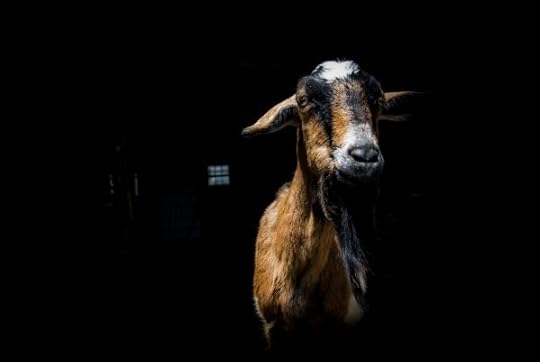



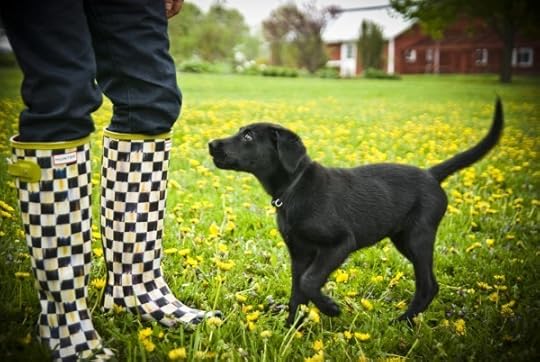
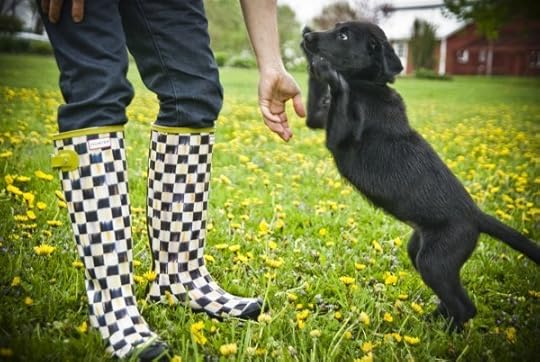















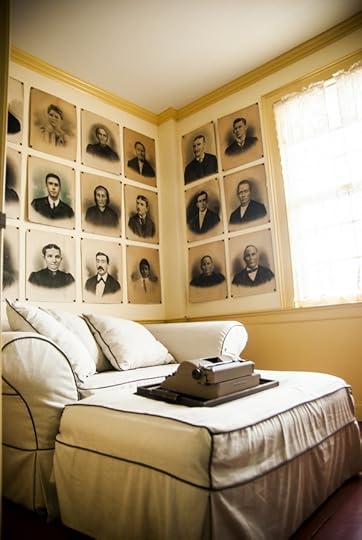

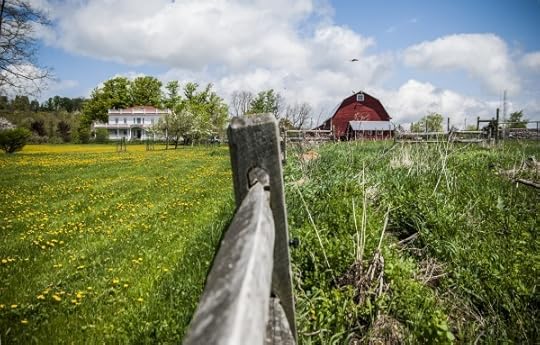






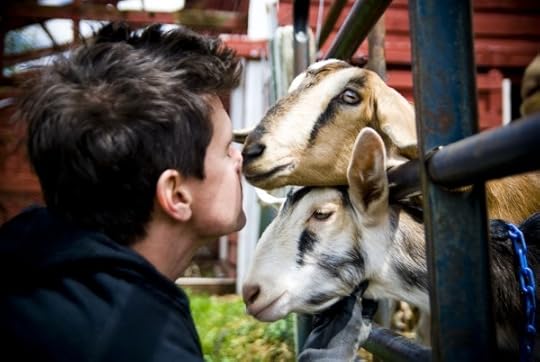
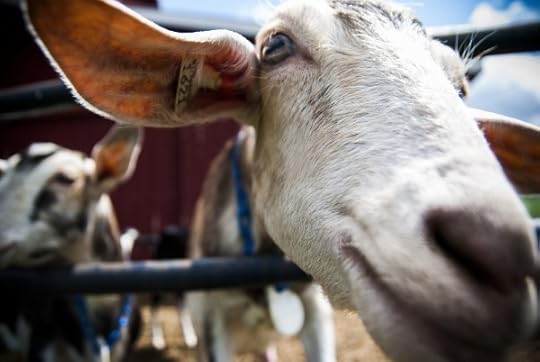




<
>
Purveying a variety of lifestyle goods, including handmade housewares, textiles and pantry items, Beekman 1802 was initially founded on the goat-milk products inspired by the livestock on their farm. A wide selection of natural soaps, cheeses, spreads and sauces – and now ice creams – are all infused with the luxurious milk of the Beekman goat herd managed by Farmer John Hall.
Recognizing the wealth of talent residing in Sharon Springs and its satellite communities, Brent and Josh were quick to incorporate this homegrown craftsmanship into their business. For Brent, it was the proud endurance of the Beekman mansion itself that inspired his commitment to supplying quality provisions that were made by hand.
“It was obvious that William Beekman was a person who cared very deeply about quality,” he says, referring to the home’s good bones. “The idea of making things that last – capable of being handed down to future generations – influences every single item that we design for Beekman 1802.”
Built between 1802 and 1804 for the family of Mr. Beekman, who was the first judge appointed to the Court of Common Pleas of Schoharie County, the house was based on the designs of Connecticut architects Asher Benjamin and William Spreatts. A Georgian/Federal hybrid with tall Palladian windows and a basic plan of four rooms over four, connected by a 14-foot wide central hall, the Beekman has stood handsomely against a backdrop of 60 acres of rolling hillsides and forest groves for over 200 years.
For six of those decades, however, the house lay dormant in a state of total abandonment and decay. Marred by vandals and decades of neglect, the house was a forgotten derelict. It was Eric Selch, a musicologist from Manhattan, and his wife Patricia who devoted themselves to its revival. Tearing down a lopsided kitchen wing, adding several chimneys and restoring the interiors, the Selches invested three-and-a-half years of renovation work. One of the Beekman’s trademark features today is its vast, wrap-around porch. This was not original to the house but was another of Selch’s modern additions, which he based on the architecture of the home’s original designers. The Selch’s owned the property from 1993 until 2005 when it was put up for sale shortly after Mr. Selch’s death.
“We had always thought we would get a ‘fixer-upper,” says Brent. “But after seeing how well this one had been ‘fixed’ we decided it was a much better plan. It really was a passion project for [Selch.] It’s yet another reason why we just feel like custodians of the property until the next generation of dreamers comes along.”
While Brent and Josh were initially looking for a vacation home – a place in the country where they could escape their busy city lives (Josh was a partner in the advertising firm SS & K and Brent was the Senior Vice President of Healthy Living at Martha Stewart Living Omnimedia) fate and circumstance had other plans. Not long after buying the home, the recession hit and saw them both unemployed, which began a two-year process of rethinking and reorganizing to eventually become full-time residents of the Beekman and – by extention and popular osmosis – ambassadors of Sharon Springs.
Having been stars of their own reality show, The Fabulous Beekman Boys, which documented their transition to rural life, and subsequent winners of the 2012 season of The Amazing Race (both shows garnered a vast and devoted social-media following and fan base) the couple has been vociferously championing their new community, far and wide. They have organized seasonal festivals in Sharon Springs that have brought upwards of 10,000 people to the little town at one time, inspiring a new local economy that is showing signs of consistent growth with new inns, stores and restaurants peppering the town’s historic Main Street.
Among the most recent additions is the new Beekman 1802 Mercantile, which is now housed in the town’s original firehouse and meeting hall. It was formerly the town’s Village Hall Gallery and has now been completely renovated to reflect the Beekman brand’s commitment to quality. Brent confidently calls the location their flagship store.
It is the Beekman house itself, however, that cradles the hopes and passions of this innovative pair. Its interior decoration, by extention, reflects the couple’s tastes and interests. There is a fine and curated order to the home’s decor that is serenely simple with nods to enduring tradition and hits of modernity that speak to an appreciation of both the past and the future. Custom-built furniture mingles with flea-market finds to achieve a look that is formal but airy. Folk art, personal commissions and special pieces made by local artists accent the walls, which are kept either neutral or dressed in Cole & Son wallpaper in deep hues with delicate Chinoiserie patterns.
Despite the finery of his surroundings, Brent insists that buying an older home, aside from its splendid rewards, is a commitment not to be taken lightly. “Learn to fall in love with non-level floors and learn to do basic repairs,” he cautions. “In an old house, there are always repairs to be done!”
Outside, in a misty scrim of rain, Brent trims the grass around the barn while Josh tends to his garden. Sunday is chore day on the farm and there is always much to be done. The newest addition to their family is a lean canine beauty named Önder. Brent insists she will be an outdoor dog, even as he lovingly buries his face in her ebony fur. The puppy frolics along the fence, not sure what to make of the wide-eyed goats who are equally unsure of her.
Wind blows down from the hillside where the couple was married in June 2013 and as one takes in the vast beauty of this place one cannot help but be enamored of its residents: modern caretakers of a house that built their dreams.
January 22, 2015
Back in Fashion
In fashion, what goes around comes around. Over the last several years we’ve seen beards come back into vogue, peasant tops billow once again, and wellies (we call them muck boots) walk the runways.
Pocket squares in all prints and configurations have helped men add a little pop of color and personality, too, but what hasn’t made a comeback is the simple boutonniere (even though many fine suits and sport coats still feature the stitching for one on the lapel)
We’ve vowed to do what we can to make the boutonniere fashionable again. Every public appearance we do in 2015, we are going to pluck something from the gardens at Beekman 1802 and re-plant it on our label.
If you are a fashionable gent and plan to cross paths with us sometime this year, here’s how you can make your own.
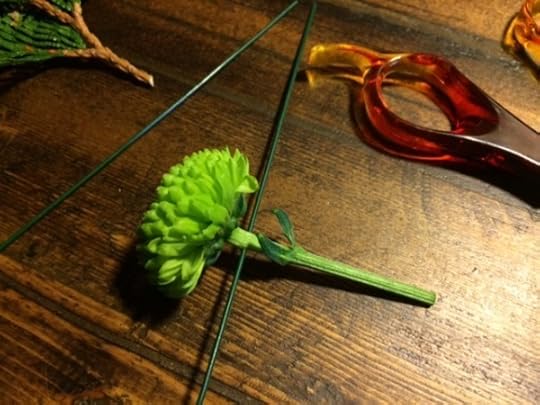

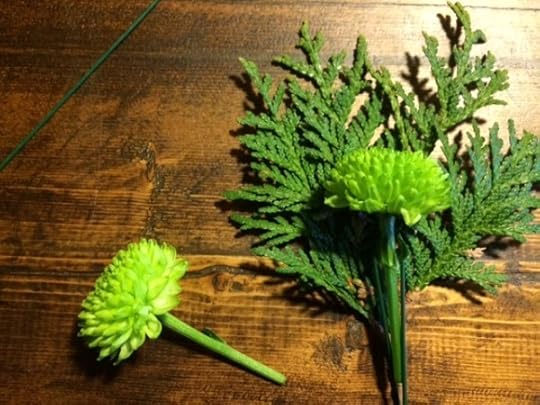
<
>
You can cut the ribbon here, or – as we did – make an extra little flourish with your ribbon by pinching a small loop at the base of your foliage, and pinning it in place with a corsage pin. Pin upward at a diagonal angle, being careful not to poke your buds with the end of the pin. We used an over-sized safety pin because we wanted a steampunk/industrial look, but you could use any sort of decorative pin that like.
To see where we are making public appearances around the country, click here for the Facebook listing of our events!

